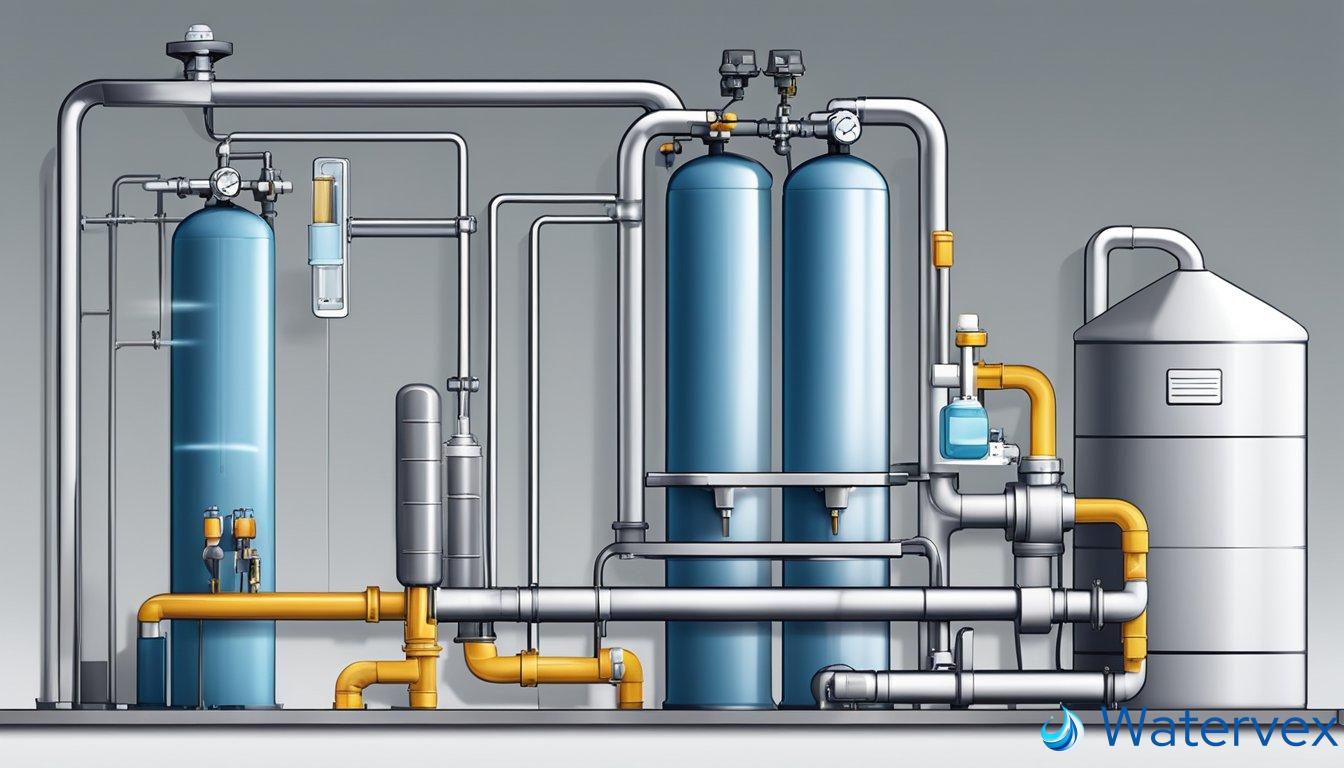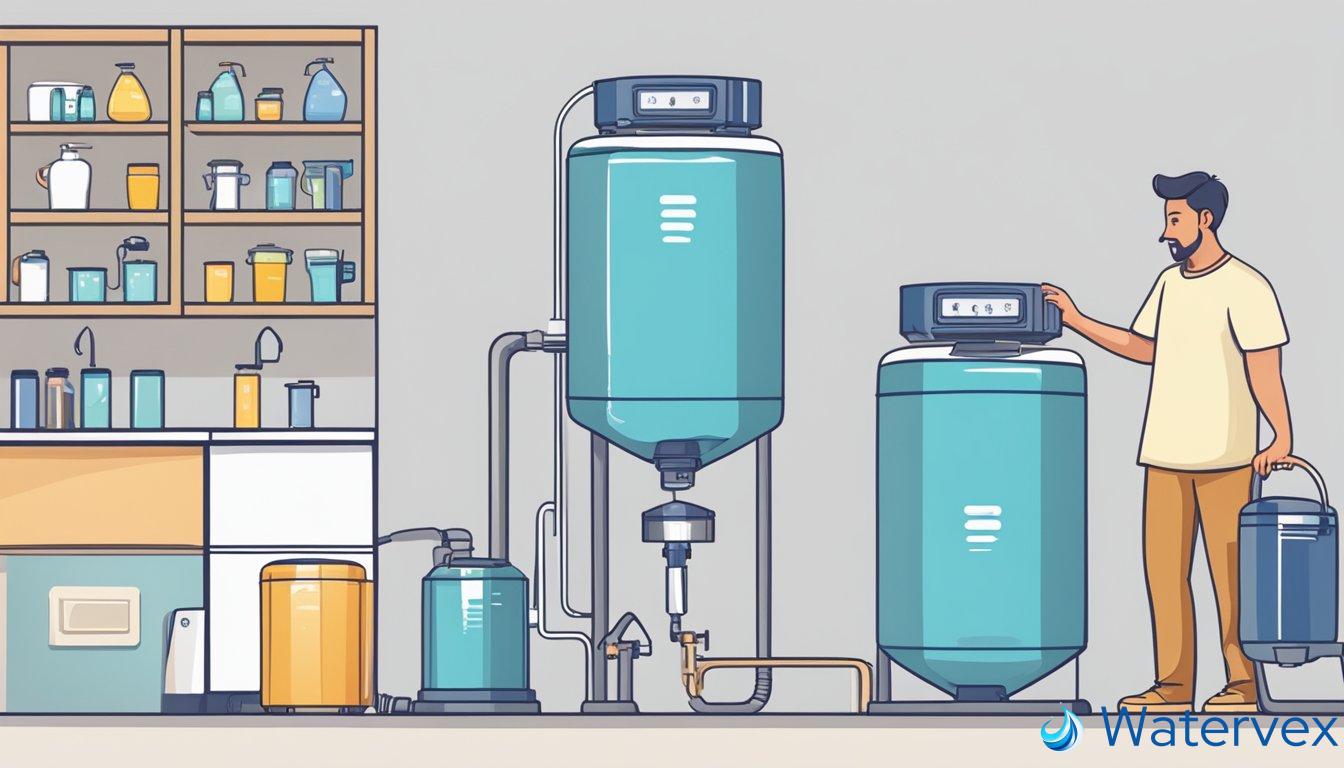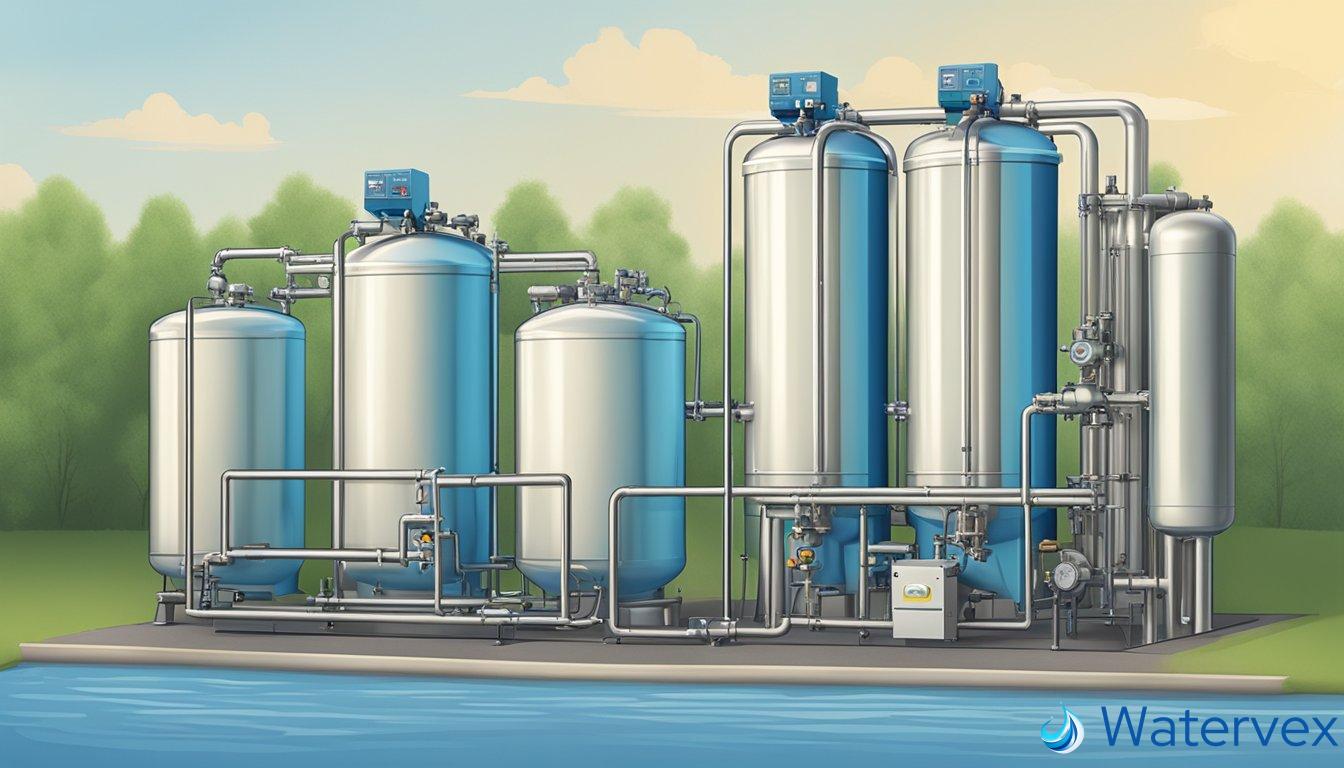If you’ve ever encountered issues with hard water in your home, you’re likely familiar with water softeners. A critical aspect to understand about these devices is their grain capacity. Essentially, this term refers to the maximum number of grains of water hardness minerals a water softener can remove before it requires regeneration. But what are grains in this context? They are actually units of measurement used to calculate water hardness, with one grain equal to approximately 1/7000th of a pound of dissolved calcium and magnesium.

Selecting the right grain capacity for your home isn’t just about the degree of water hardness but also factors in your household’s daily water usage. A water softener that’s adequately sized for your needs is more efficient, both in terms of performance and operating costs. When observing the grain capacity of water softeners, it’s essential to understand how it correlates with the amount of water that passes through the system and the regeneration cycle needed to maintain soft water supply consistently.
Key Takeaways
- Grain capacity is a measure of a water softener’s efficiency in removing hardness minerals before regeneration.
- Selecting the appropriate grain capacity depends on your home’s water hardness and consumption.
- Regular maintenance ensures the longevity and performance of your water softener.
Understanding Grain Capacity in Water Softeners
When considering a water softener for your home, grasp the concept of grain capacity, a direct indicator of the unit’s efficiency and performance.
Measuring Grain Capacity
The term ‘grain’ in the context of water softeners refers to a unit of measurement of water hardness. Specifically, a single grain equates to approximately 64.8 milligrams of calcium carbonate. To measure the grain capacity of a water softener, it denotes the maximum number of hardness grains the system can remove from your water before it must regenerate. This metric is vital for selecting the right size water softener for your household needs, ensuring your water is softened without frequent regenerations, which can be both inconvenient and costly.
For example, if your water test shows a hardness level of 10 grains per gallon (gpg) and your household uses 300 gallons of water per day, your water softener will need to remove 3,000 grains of hardness per day. Suppose a softener has a capacity of 30,000 grains. In that case, it could theoretically operate for ten days before needing to regenerate, which parallels the storage capacity with the demand.
Grain Capacity and Softening Performance
Grain capacity is not just a number; it’s also an efficiency marker. It’s essential to match the capacity to your hardness level to prevent overworking the system or exhausting it too quickly. A water softener advertised with a 32,000-grain capacity is often the industry standard for an average family. To interpret this, consider that such a system should ideally remove 32,000 grains of dissolved minerals, especially calcium and magnesium, which contribute to water hardness, before regeneration is required.
A key point of misinformation can arise with the capacities advertised. It’s not always clear-cut that a “32,000” grain system will exactly treat 32,000 grains without losing effectiveness. Factors including water usage patterns and fluctuations in hardness levels can affect the actual performance of the softener. In practice, efficiency may dwindle as the unit approaches its theoretical capacity limit due to the complexity of ion exchange, the process by which water softeners operate. Thus, your ‘mileage’ may vary, and the expected performance could be less than the grain capacity suggests.
By understanding the specifics of grain capacity, you tailor the water softener’s capacity to your household consumption and water hardness, achieving optimal efficiency and longevity from your softening system.
Selecting the Right Grain Capacity for Your Home

Understanding the appropriate grain capacity for your water softener is key to ensuring efficient water softening, avoiding unnecessary regeneration cycles, and keeping your water bill in check.
Factors Influencing Ideal Grain Capacity
When determining the right grain capacity for a water softener, you should consider the number of people in your house and your daily water consumption. These are directly linked to the frequency of regeneration needed to keep your water soft. A home with a high number of family members will likely benefit from a water softener with a higher grain capacity due to increased water usage.
Another important aspect to consider is the level of hardness in your water supply. Hard water contains elevated levels of minerals such as calcium, magnesium, and sometimes iron, which can affect not only water quality but also the performance and efficiency of your appliances. You can have an analysis of your water to determine its hardness level, usually measured in grains per gallon (gpg). A higher measure of hardness calls for a water softener with a higher grain capacity to effectively manage and eliminate these minerals from your water supply.
Sizing Your Water Softener
To accurately size your water softener, employ a water softener sizing chart to correlate your home’s water hardness level with the number of occupants. Here’s a simple formula for initial sizing:
- Multiply the number of people in your home by the gallons of water they use each day (the average is about 75 gallons per person).
- Multiply this number by the grains of hardness in your water to find out how many grains need to be removed each day.
For instance, if you have a family of four living in a house with a water hardness level of 10 gpg, the formula would be as follows:
- 4 (people) × 75 (gallons per person per day) = 300 gallons per day
- 300 gallons × 10 gpg = 3,000 grains per day
Remember to add extra capacity for periodic regeneration; this ensures your softener always works efficiently. Also, be mindful that elevated levels of iron in your water might require a more robust system. High iron content can lead to quicker resin bed saturation, making it essential to choose a softener with adequate capacity to cope with this additional mineral load.
For a tangible example, if your water test indicates a notable amount of iron, the tank size and overall grain capacity may need to increase to prevent frequent regeneration, which in turn can increase sodium usage and thus affect your water bill and water pressure. Sizing a water softener effectively means balancing water usage, mineral content, and appliance longevity to protect your home’s water infrastructure.
Maintaining Efficiency and Performance

To ensure your water softener continues operating at its peak, it’s crucial to understand how the system regenerates and to find the right balance between salt consumption and water softening efficacy.
Understanding Regeneration Cycles
Your water softener’s regeneration cycle is fundamental for maintaining the resin bed that softens your water. During regeneration, the system flushes a salt solution through the resin bed, which recharges the resin beads by replacing the accumulated calcium and magnesium with sodium ions. To avoid unnecessary wear on your system, you should know how many gallons per day you use and adjust the regeneration frequency accordingly. A water softener that regenerates too often wastes salt and water, whereas infrequent regeneration reduces the system’s ability to soften water efficiently.
Balance Between Salt Use and Softening Quality
Finding an equilibrium between salt usage and softening quality requires attention to your water softener’s grain capacity. A higher-grain capacity unit can handle more hardness minerals before needing to regenerate. Conversely, if you have less hard water or use fewer gallons per day, you can opt for less salt efficiency to maintain water softening quality without overusing salt. The valve settings on your unit should enable you to fine-tune the regeneration cycles, ensuring both efficiency and effective hardness removal.

